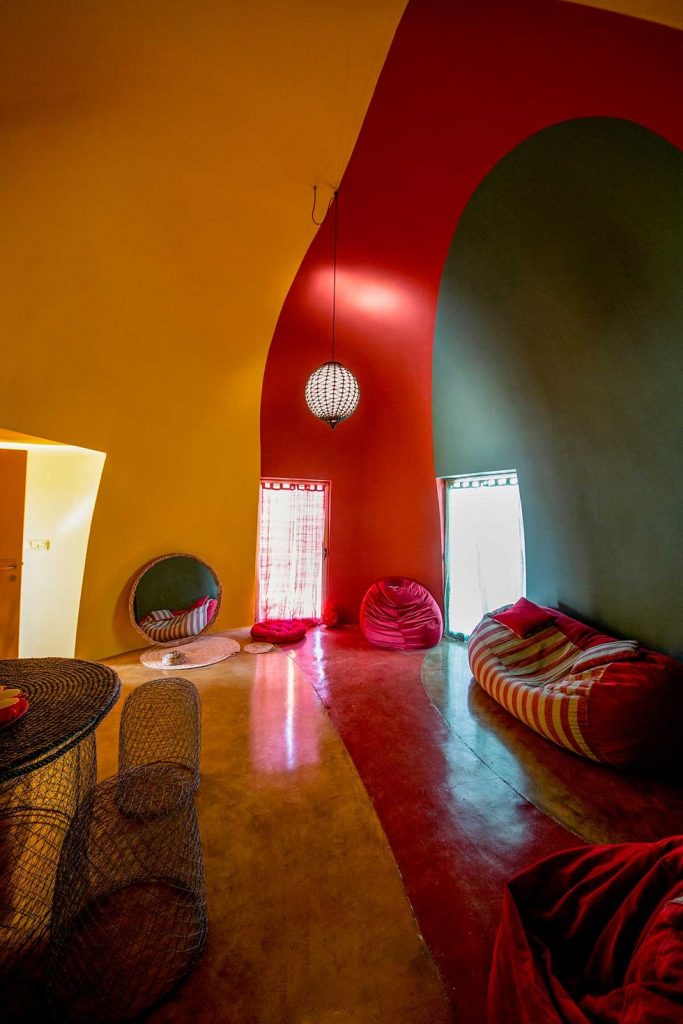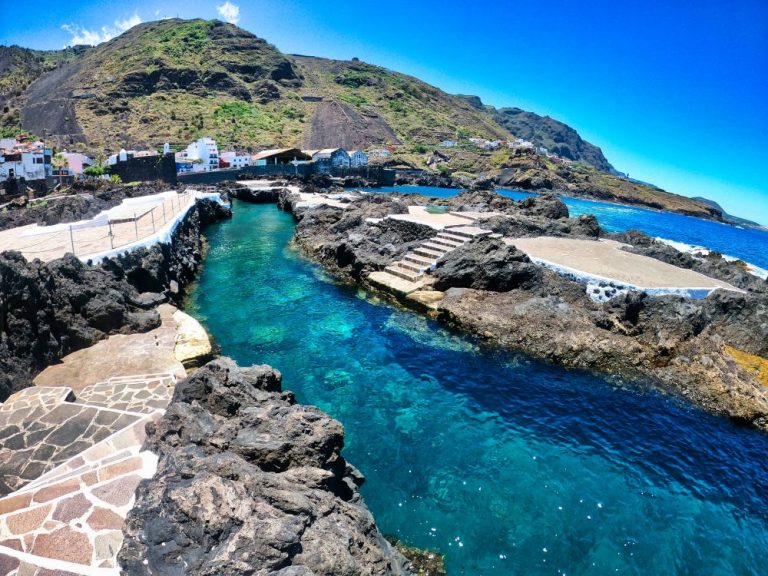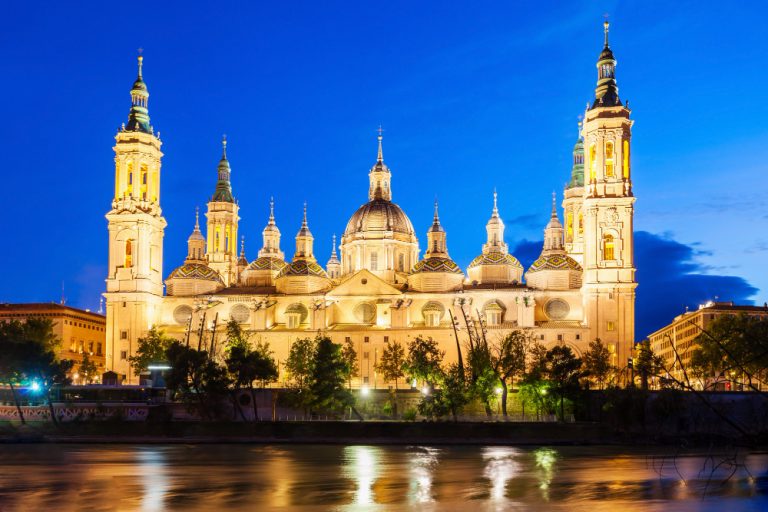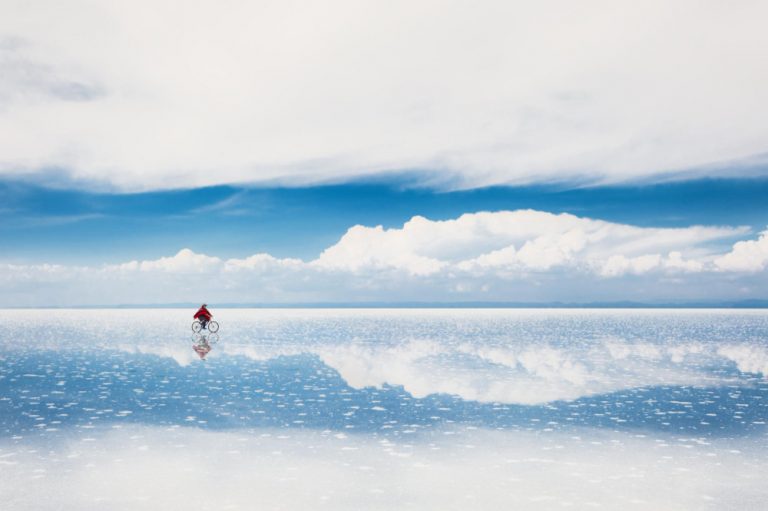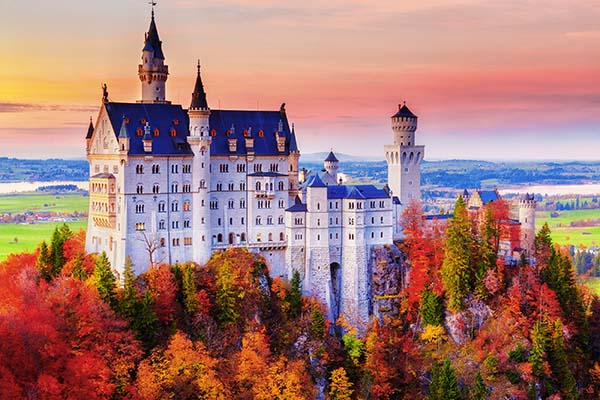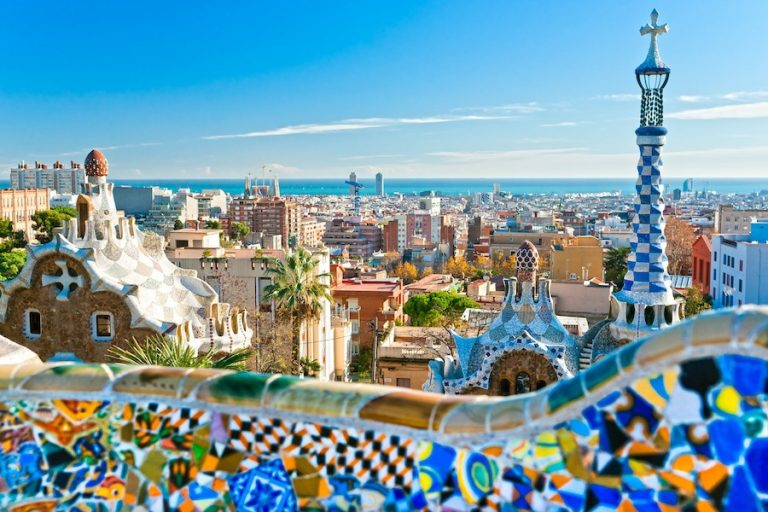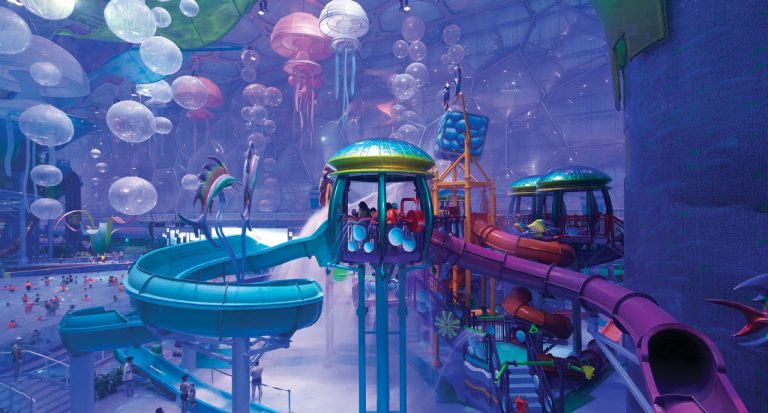In the south of Iran, Hormuz is located in the Persian Gulf, a unique place where drinking water comes through an aqueduct from the continent and for this reason ZAV Architects has designed the Majara Residence which is a residential complex that is part of the project known as Presence in Hormuz 02. This peculiar complex has the peculiarity of having a unique architecture, which stands out from the geology of the place due to its color and rounded shapes and which seems to be taken from a fairy tale or a stellar movie.
Oil tankers passing through the Strait of Hormuz will undoubtedly be surprised by these hints of color. It must be understood that the well-known Strait of Hormuz is one of the most important and strategic maritime crossings in the world, through which one fifth of world oil exports circulate, which gives it great value on a regional and global scale.
Purpose creation “Presence in Hormuz”
The purpose of this creation was to create a multi-colored town that was a reflection of the landscape. Not surprisingly, Hormuz is known by the nickname “the island of the rainbow” in reference to its multicolored sand.
It has about 200 domes of different sizes connected to each other and painted in tones of earth, mustard, blue and military green. It has 15 houses, restaurants, cafes, shops and reception areas.

The objective of these multicolored domes is to contribute to the improvement of social conditions and in turn promote the visit of foreign tourists. Materials and human resources from Iran were used to reduce production costs.


Sustainable Iranian architecture
The work done by prominent Iranian architect Nader Khalili during the 1970s is inspiring. It is a technique inspired by the Persian mystic Rumi, in which community life and the use of indigenous materials prevailed, where arches, domes and vaults prevail. The ZAV Architecs team led by Mohamadreza Ghodousi inspired by it built these domes using sandbags filled with the dredging sand from the Hormuz pier.
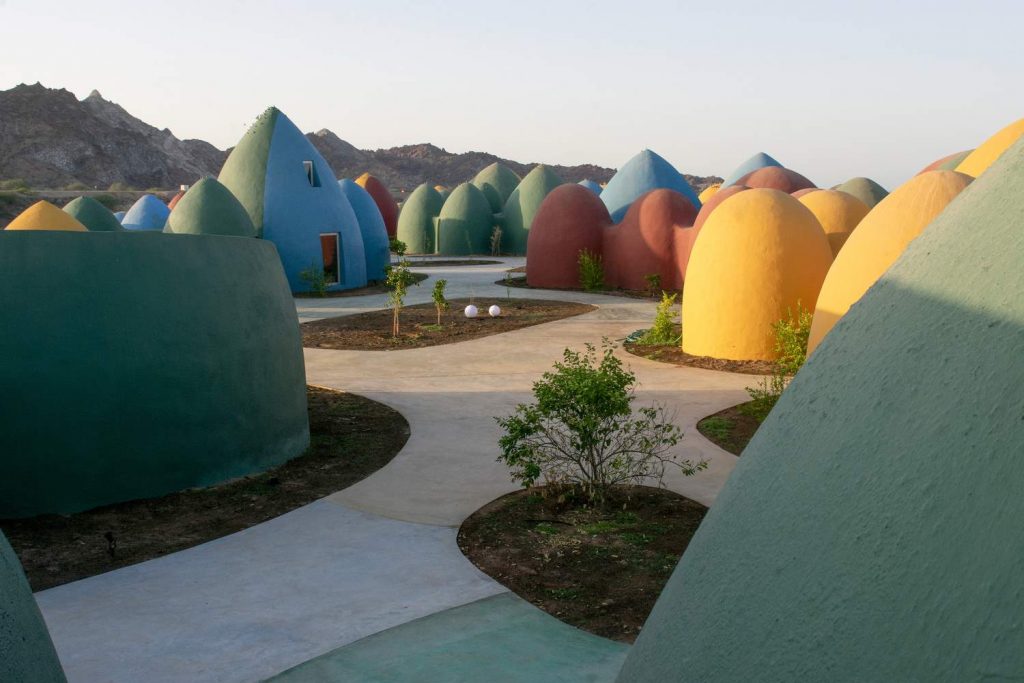

Both its exterior and its interior have those galactic and colorful shapes, fanciful symmetries, furniture developed by local artisans, absence of interior divisions.
